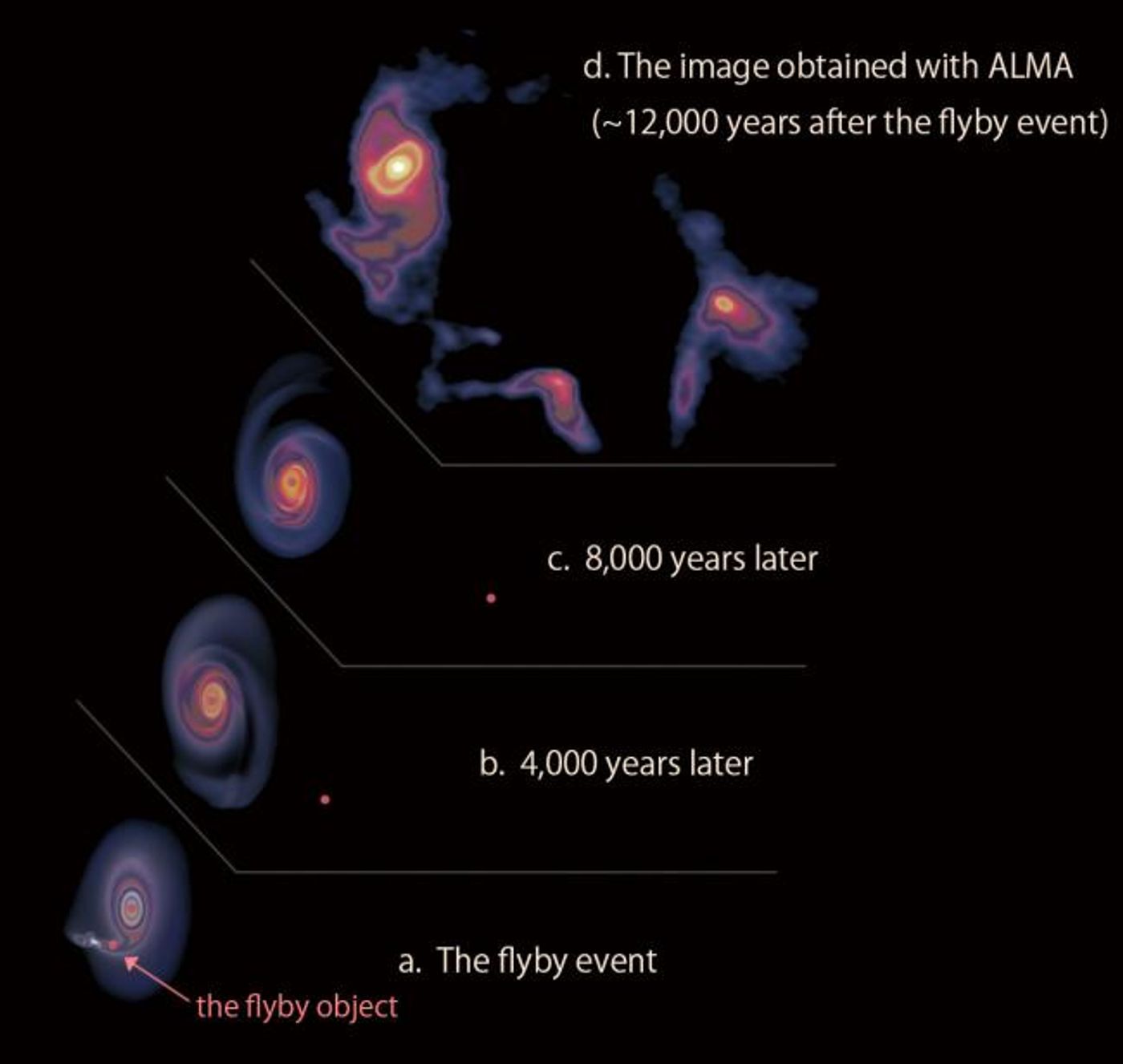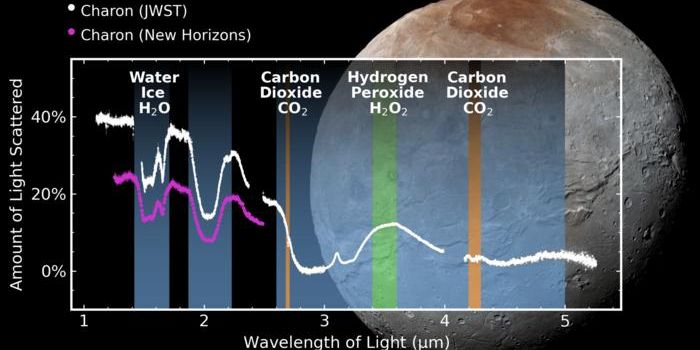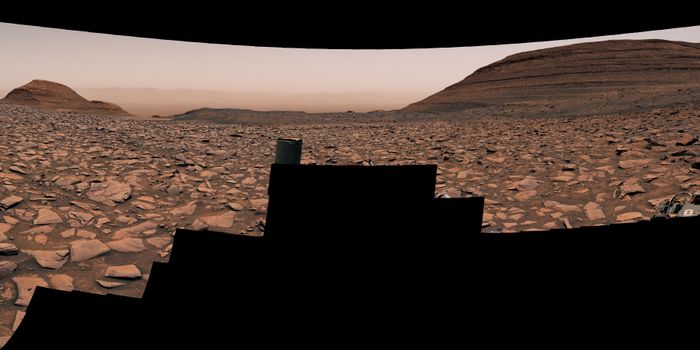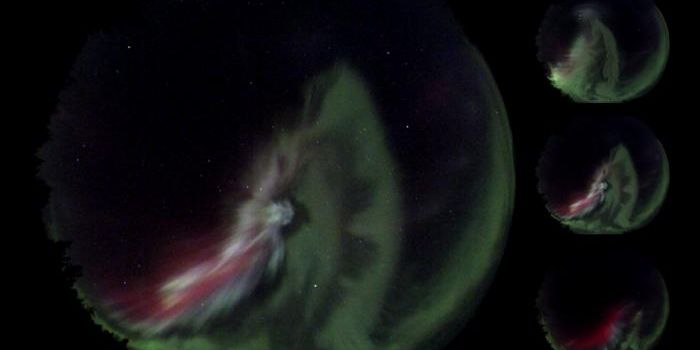Spiraled Planet-Forming Disk Found Near Galactic Center
In a recent study published in Nature Astronomy, a team of astronomers have observed a massive young star near the center of the Milky Way that has developed mysterious spiral arms. The team used the Atacama Large Millimeter/submillimeter Array (ALMA) to image the star and accretion disk orbiting around the star. The team suggests that accretion disk may have been disturbed by a close encounter with a flyby object long ago, which would provide a pathway for the creation of the spiral arms that have been observed.
Accretion disks around young stars – or protostars – are also known as protostellar disks. These protostellar disks are the key components of the formation of the star, as they continuously feed the young stars with gas from the surrounding environment allowing them to grow large enough to eventually be massive enough to begin hydrogen burning in their cores. This is the first direct imaging of a protostellar accretion disk in the Galactic Center. The high sensitivity and high resolution of ALMA made this discovery possible. The accretion disk has a diameter of about 4,000 astronomical units – or the distance from the Earth to the Sun – and it surrounds an O-type protostar, which is approximately 32 times the mass of the Sun. This discovery tells astronomers that massive stars may form in a similar way to less massive stars, with an accretion disk phase.
The accretion disk was also observed to have two spiral arms. Accretion disks are usually fairly uniform, and hence, spiral arms are rarely seen in these protostellar disks. In astronomical bodies, spiral arms can be formed in a few ways: from gravitational instabilities in the disk itself or from dynamical interactions with nearby objects. The team suggests that gravitational instabilities are not likely the cause of the spirals because the disk is hot and turbulent, and hence able to balance its gravity. Instead, the team suggests the spiral arms were formed as a result of a dynamical interaction with another astronomical object.
The team detected an object of about three solar masses some 8,000 astronomical units away from the accretion disk. Through numerical simulations, the team was able to model the system and replicate a scenario in which an object flew by the disk more than 10,000 years ago, perturbing the disk, leading to the formation of the spiral arms.
Caption: The history of the accretion disk and the flyby object, as snapshots in time of a numerical simulation (a-c). The top right image is from the ALMA observations, compared to the resulting system 12,000 years after the flyby event in the simulation (d). Credit: Lu et al.
The results provide evidence that accretion disks at the early stages of evolution are subject to frequent dynamical interactions (e.g., flybys). These flybys would thus influence the formation of the star itself and the planets that would form out of the disk. The study also suggests that more massive stars, such as stars that exist in the high stellar density environment of the Galactic Center, would be more likely to experience frequent flybys.









